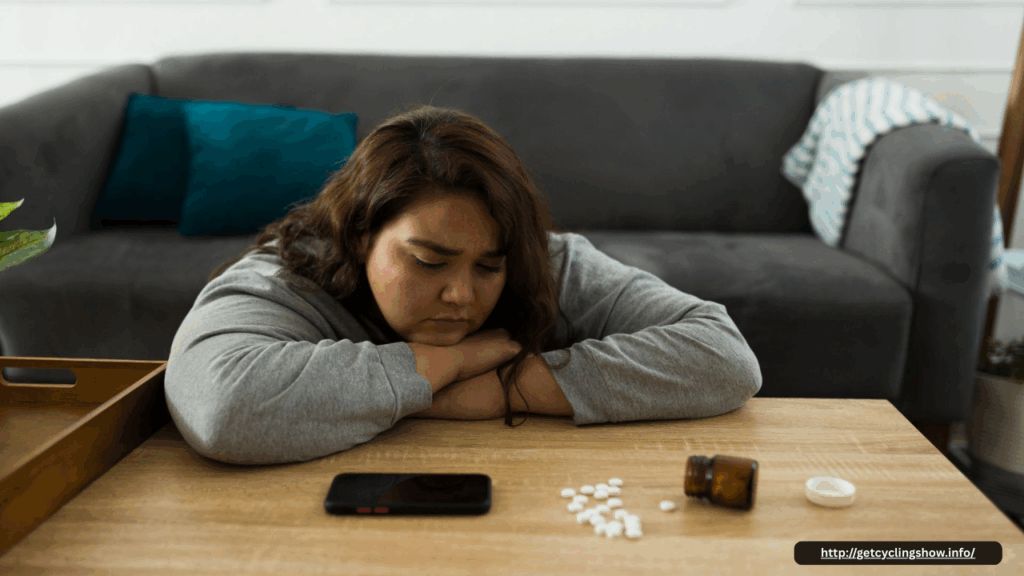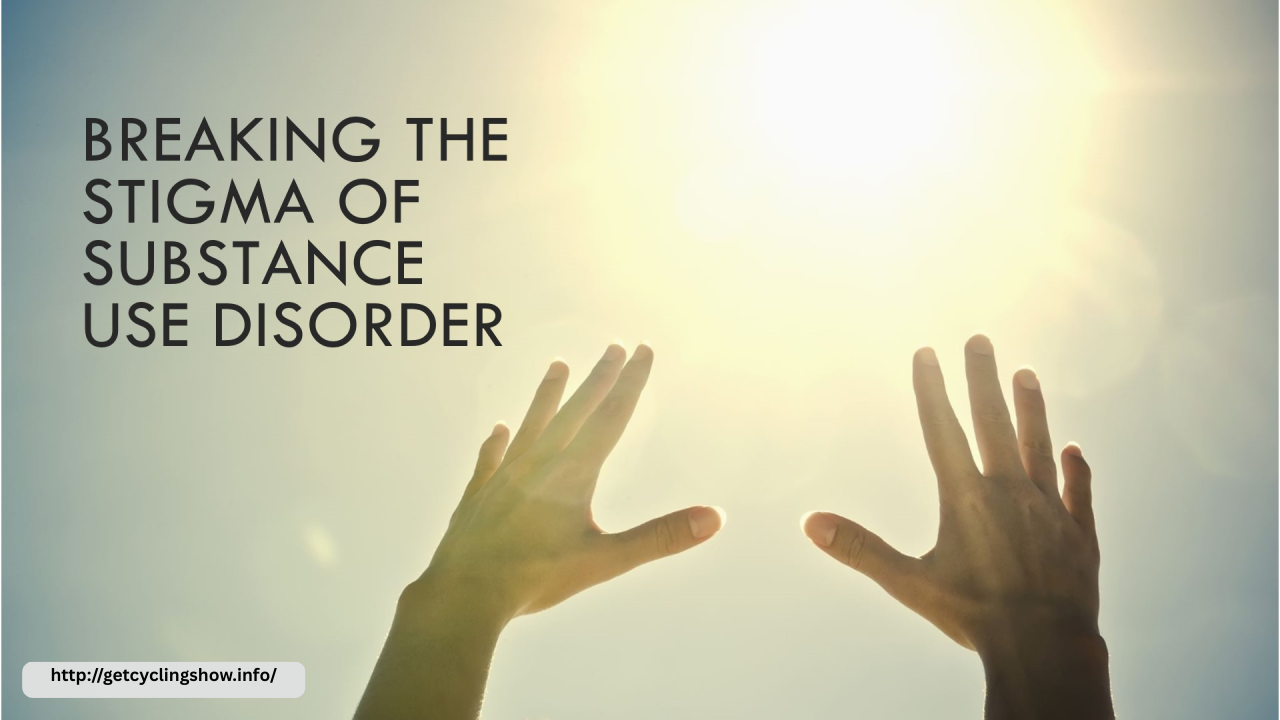
Drug abuse can affect individuals from all walks of life, often beginning subtly before escalating into a full-blown addiction. Recognizing the early warning signs is essential for timely intervention, which can prevent long-term consequences and promote recovery. By being aware of these signs and knowing how to respond, family members, friends, and community members can make a critical difference in someone’s life.
Common Early Warning Signs
Early indicators of drug abuse can be behavioral, physical, emotional, and social. Spotting these changes early is key to getting help quickly.
- Behavioral Changes
- Sudden decline in academic or work performance
- Loss of interest in hobbies or activities once enjoyed
- Secretive or suspicious behavior
- Sudden changes in social circles or isolation from family and friends
- Neglect of responsibilities and personal hygiene
- Physical Signs
- Bloodshot eyes or dilated pupils
- Unexplained weight loss or gain
- Frequent nosebleeds or track marks on arms (signs of snorting or injecting drugs)
- Changes in sleep patterns or unusual fatigue
- Poor coordination or slurred speech
- Emotional and Mental Changes
- Mood swings, irritability, or aggression
- Anxiety or paranoia
- Depression or apathy
- Unexplained euphoria or bursts of energy
- Possession of Drug Paraphernalia
- Rolling papers, pipes, needles, or unusual containers may indicate substance use.
How to Intervene
Once you notice potential signs of drug abuse, taking timely and compassionate action is crucial. Intervening early can prevent deeper addiction and increase the chances of successful treatment.
- Open a Dialogue
- Choose a calm, private time to talk.
- Express concern without judgment. Use “I” statements like “I’m worried about you” instead of accusatory language.
- Be prepared for denial or defensiveness. Stay patient and empathetic.
- Offer Support
- Let the person know they are not alone and that help is available.
- Offer to assist in finding resources, such as a therapist, support group, or treatment center.
- Encourage them to speak with a healthcare provider for a professional assessment.
- Set Boundaries
- If you are a family member, establish clear and healthy boundaries.
- Avoid enabling behavior such as giving money or covering up consequences.
- Seek Professional Help
- Consider consulting a counselor or addiction specialist for guidance on how to approach the situation.
- In some cases, a structured intervention led by a professional may be necessary.
- Educate Yourself
- Learn about the specific substance involved and its effects.
- Understanding the science of addiction can help reduce frustration and improve communication.
Conclusion
Early recognition and intervention can stop drug abuse before it spirals out of control. By paying attention to warning signs and taking compassionate, informed action, loved ones can guide someone toward recovery and healing. Addressing the issue with care and urgency can save lives and build stronger support systems for those in need.
